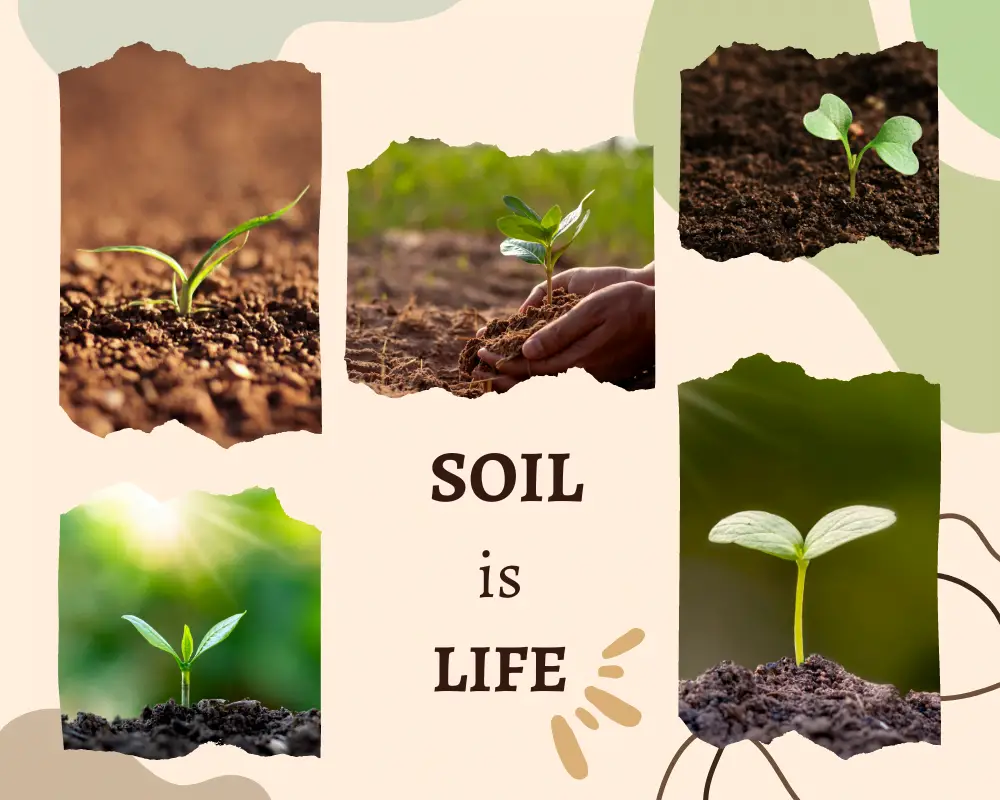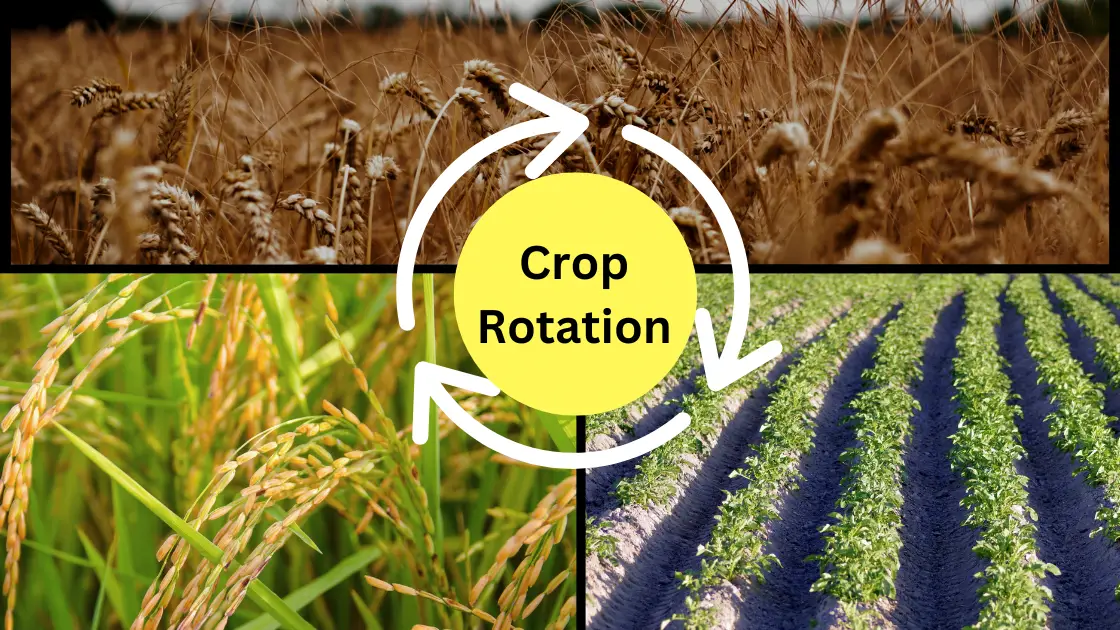Crop rotation in agriculture is a crucial practice that has been used for centuries to maintain soil health, improve crop yield, and manage pests and diseases. By alternating the types of crops planted in a particular field over time, farmers can prevent the depletion of nutrients in the soil, reduce the buildup of pests and diseases specific to certain plants, and promote overall sustainability in farming practices. Understanding the benefits and techniques of crop rotation is imperative for modern farmers looking to optimize their yields while minimizing environmental impact and resource depletion.
Key Takeaways:
- Crop rotation is a crucial practice in agriculture that involves planting different crops in the same area in successive seasons.
- Benefits of crop rotation include pest and disease control, improved soil fertility, reduced soil erosion, and increased crop yields.
- Proper planning and understanding of the needs of different crops are vital for a successful crop rotation strategy in agriculture.

The Benefits of Crop Rotation
Improving Soil Health and Fertility
Benefits of crop rotation are numerous, especially when it comes to improving soil health and fertility. By rotating crops, different plants with varying nutrient needs are grown in succession, preventing depletion of specific nutrients in the soil. For example, legumes such as peas and beans have the ability to fix nitrogen in the soil, which benefits subsequent crops that require this vital nutrient. Additionally, rotating crops helps break pest and disease cycles that can build up in the soil over time.

Furthermore, diverse crop rotations can improve soil structure, water retention, and microbial activity. This leads to enhanced soil fertility and overall health, promoting sustainable agricultural practices and long-term productivity for farmers.
Pest and Disease Management
Pest and disease management is another key benefit of implementing crop rotation. By alternating crop types, pests and diseases that target specific plants are less likely to build up in the soil and establish themselves. For example, certain pests may be drawn to a particular crop but might not survive or multiply when a different crop is planted in its place. This reduces the need for chemical pesticides and fungicides, promoting a more environmentally friendly approach to agriculture.
This practice also helps preserve biodiversity on farms by creating habitats for beneficial insects and microbes that play a crucial role in pest control. Overall, crop rotation is a powerful tool for managing pest and disease pressures while maintaining the health of the agroecosystem.
Crop Rotation Strategies
Keep the soil healthy and productive by implementing effective crop rotation strategies in agriculture. By diversifying the types of crops grown and considering seasonal and climatic factors, farmers can optimize yields and minimize the risks of pests, diseases, and nutrient depletion.

Types of Crops in Rotation Schemes
When planning crop rotation schemes, it is necessary to include a variety of crops that fall into different categories. These categories typically include grains, legumes, oilseeds, root vegetables, and cover crops. Each type of crop serves a specific purpose in the rotation cycle, contributing to soil health and fertility in unique ways.
- Grains: such as wheat, corn, or rice, help break pest cycles and improve soil structure.
- Legumes: like beans, peas, or clover, fix nitrogen in the soil, benefiting subsequent crops.
- Oilseeds: such as soybeans or sunflowers, provide economic value and diversify crop rotations.
- Root vegetables: like carrots, potatoes, or beets, break up compacted soil and add organic matter.
- Cover crops: such as rye, vetch, or alfalfa, protect the soil from erosion and improve overall soil health.
Any successful crop rotation scheme should aim to balance out the nutrient needs of crops, disrupt pest and disease cycles, and maintain the long-term fertility of the soil.
Seasonal and Climatic Considerations
For effective crop rotation, farmers must take into account the seasonal and climatic factors that influence crop growth and development. Different crops have varying temperature, moisture, and sunlight requirements, which should be considered when planning the rotation schedule. By aligning crop choices with the local climate and seasons, farmers can optimize plant growth and maximize yields.
It is crucial to select crops that are well-suited to the prevailing weather conditions and the length of the growing season. Certain crops may be more tolerant of extreme temperatures, drought, or excess moisture, making them better choices for specific regions or times of the year. By adapting crop rotation strategies to local climatic conditions, farmers can mitigate risks and improve the overall resilience of their agricultural systems.
Challenges and Considerations
Economic Impacts and Farmer Decisions
All farmers must weigh the economic impacts of crop rotation when making decisions about their agricultural practices. Any change in the crop rotation system can have significant financial implications for the farmer. Factors such as the initial investment in new crops, market prices, and yield fluctuations can all affect the bottom line.
Any decision to implement crop rotation must be carefully considered in light of these economic factors. While the long-term benefits of improved soil health and pest management can be substantial, farmers must also be able to sustain their operations in the short term to reap these rewards.
Balancing Crop Demand with Sustainable Practices
All farmers face the challenge of balancing the demand for certain crops with sustainable agricultural practices. For example, high-demand crops may be more profitable in the short term, but continuous monoculture can deplete soil nutrients and increase susceptibility to pests and diseases.
It is crucial for farmers to find a balance that meets market demands while also prioritizing the long-term health of their land. Implementing crop rotation strategies that incorporate both economically viable crops and those that promote sustainability can help mitigate these challenges.
Economic considerations play a crucial role in shaping the decisions farmers make regarding crop rotation. Ultimately, finding the right balance between economic viability and sustainable practices is key to the long-term success of agricultural operations.
Crop Rotation in Modern Agriculture
Nowadays, crop rotation plays a crucial role in modern agriculture for sustaining soil health, improving crop yield, and reducing reliance on chemical inputs. Technological advances and innovations have further enhanced the effectiveness of crop rotation practices in agricultural systems.
Technological Advances and Innovations
Rotation of crops is now facilitated by precision agriculture techniques such as GPS-guided machinery, satellite imagery, and soil sensors. These technologies enable farmers to accurately plan and implement crop rotations on a large scale with minimal wastage of resources. Additionally, advancements in plant breeding have led to the development of crop varieties that are more adaptable to diverse cropping systems, increasing the success of crop rotations.
Integrating Crop Rotation with Other Agronomic Practices
Innovations in agricultural practices have allowed farmers to integrate crop rotation with other sustainable techniques such as cover cropping, no-till farming, and agroforestry. By combining these practices, farmers can further improve soil health, reduce erosion, enhance water retention, and promote biodiversity on their farms. This integrated approach not only boosts crop productivity but also contributes to environmental conservation and long-term agricultural sustainability.
Agronomic research continues to explore the best practices for integrating crop rotation with other agronomic techniques to optimize crop production while preserving the health of agricultural ecosystems. By adopting a holistic approach to farming that includes crop rotation as a key component, farmers can achieve improved resilience to pests and diseases, reduced dependency on synthetic inputs, and enhanced overall profitability.
To wrap up
Hence, it is clear that crop rotation plays a crucial role in sustainable agriculture by improving soil fertility, reducing pest and disease pressure, and enhancing crop yield and quality. By alternating the types of crops grown in a specific area over time, farmers can effectively manage their resources and contribute to long-term soil health. It is imperative for farmers to understand the benefits of crop rotation and incorporate this practice into their farming operations to ensure a successful and environmentally friendly harvest year after year.
FAQ
Q: What is crop rotation?
A: Crop rotation is the practice of growing a series of different types of crops in the same area in sequential seasons. This technique helps improve soil health, reduce pest and disease pressure, and increase crop yields.
Q: Why is crop rotation important in agriculture?
A: Crop rotation is important in agriculture because it helps maintain soil fertility by balancing nutrient levels, reduces the buildup of pests and diseases that target specific crops, and promotes a diverse ecosystem that supports beneficial organisms like earthworms and bacteria.
Q: What are the benefits of crop rotation?
A: The benefits of crop rotation include improved soil structure and fertility, reduced need for synthetic fertilizers and pesticides, increased crop yields, better water retention in the soil, and overall sustainable agriculture practices that support long-term food production.









